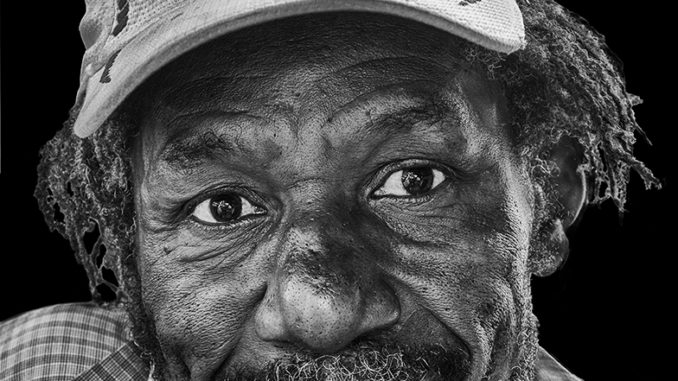
Street Portraits with an Olympus E-M1
by Christian Delbert
Hello Steve!
Living in the Boston area, I’ve been lucky enough to be able to take “winter” vacations in warm places. Especially so since my wife loves snorkeling. This year we returned to Roatan, an island off Honduras. The reason we chose Roatan was that our first choice ( Virgin Gorda, BVI ) had been completely devastated by a fall hurricane. So, Roatan it would be.
During the rest and relaxation, I managed to escape to the town of Coxen Hole to practice my love of photography. There, I decided to photograph people at the opposite ends of their lives, the very young and the “almost” very old. The old ones being more my contemporaries. For the young ones, many times I asked the parents permission and they were thrilled that I would want to photograph their child!
Since I was used to the decisive moment type of photography, made famous by Henri Cartier Bresson, this time I decided to confront my subjects and ask them if I could take their portraits. For a camera, I was using my lovely, small Olympus OMD EM1 with the 12-40mm f/2.8 lens. A switch from my usual Leica M4 and 35mm f/2 summicron for “street” photography in the old days.
I set the iso at 400 ( like my old Tri-X days ) and set the aperture to f/4. I wanted a little more DOF than at f/2.8. Then, I walked around hunting for my subjects. All the people there were extremely nice and I was refused only once the right to take, ( actually the wrong word! ) make their photograph. All shot in color and converted to B & W in my secret sauce! The Olympus is very responsive so there was not much difference between it and my Leica M4. I do appreciate the excellent auto exposure where I no longer have to discard a shot due to under or over exposure. I’m not very careful exposure wise because I know that I can eventually correct it in Photoshop. The latitude of the Olympus chip is excellent so with a bit of curve correction I can almost salvage anything. Noise doesn’t bother me too much because in the old days grain could also be a problem. And as long as the noise is sharp and made to look like grain, I’m satisfied!
Well, as the saying goes, let’s get on with it! A picture is worth a thousand words.

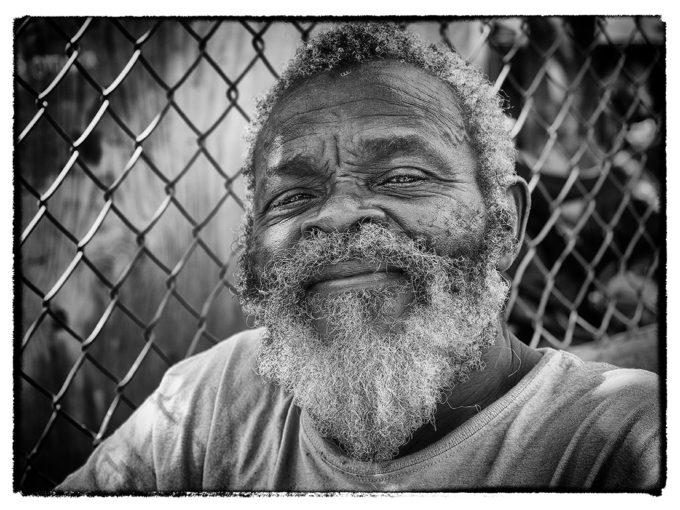
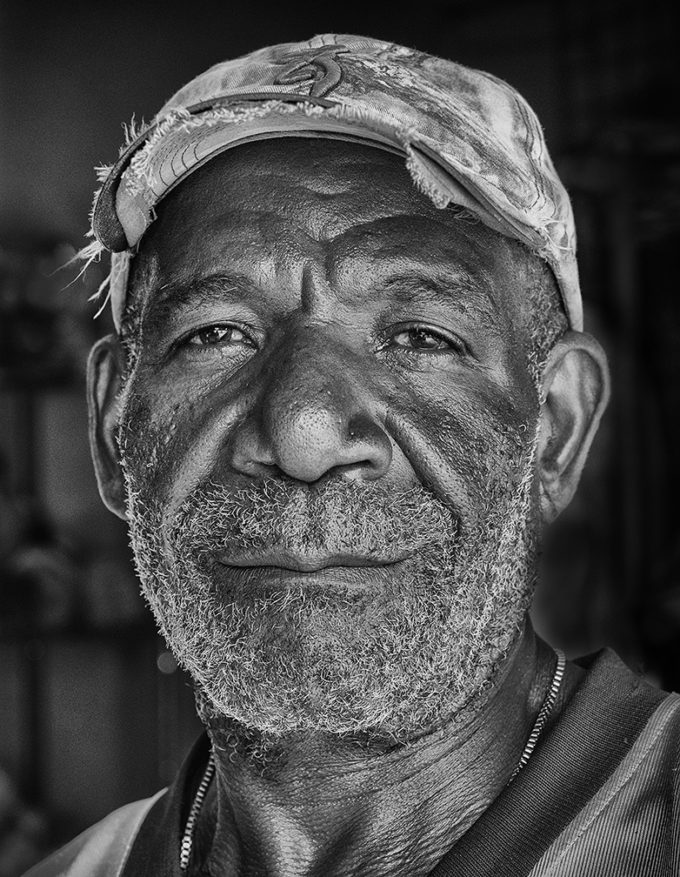
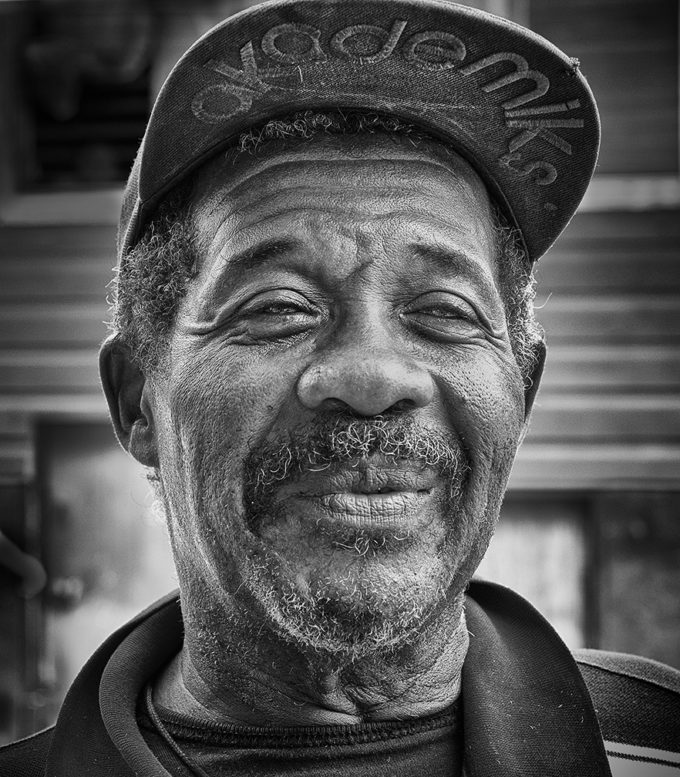
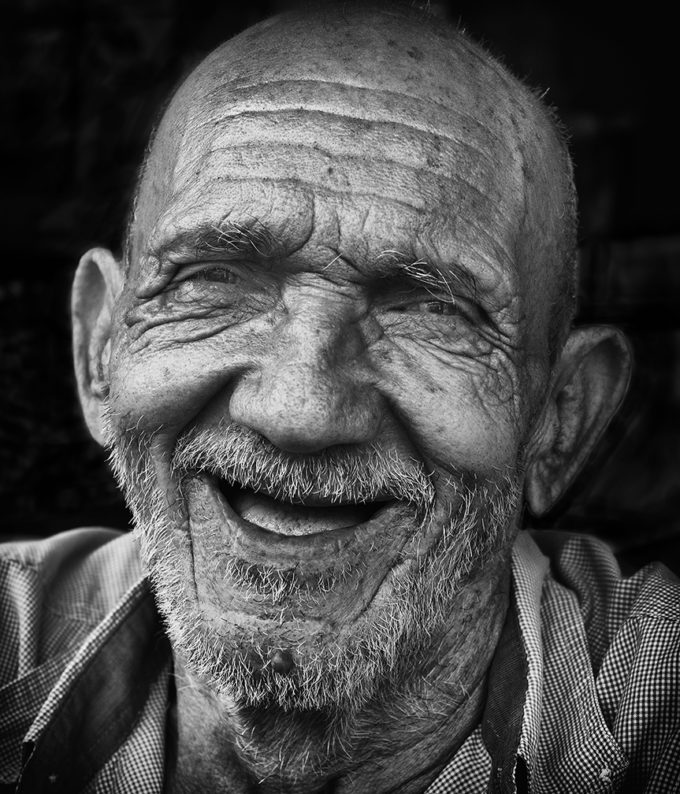
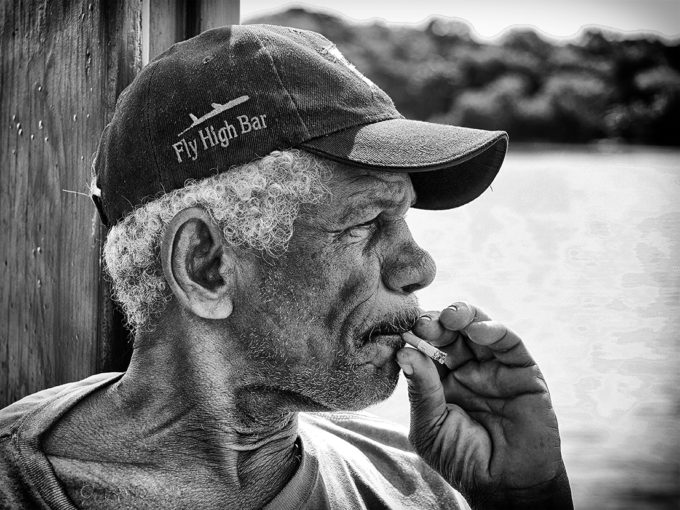
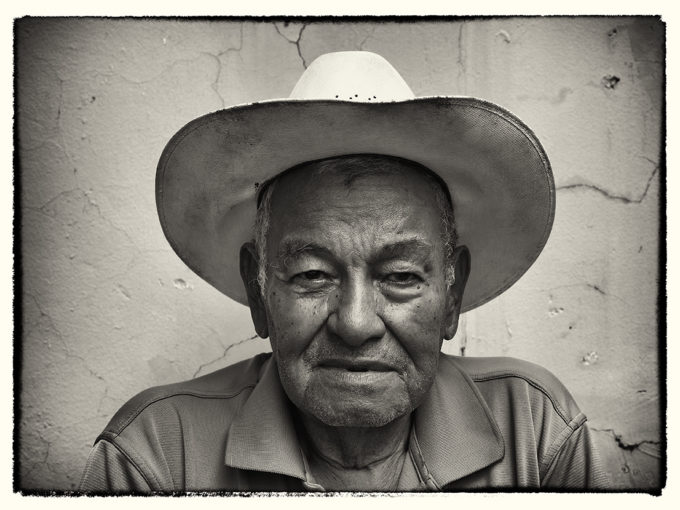
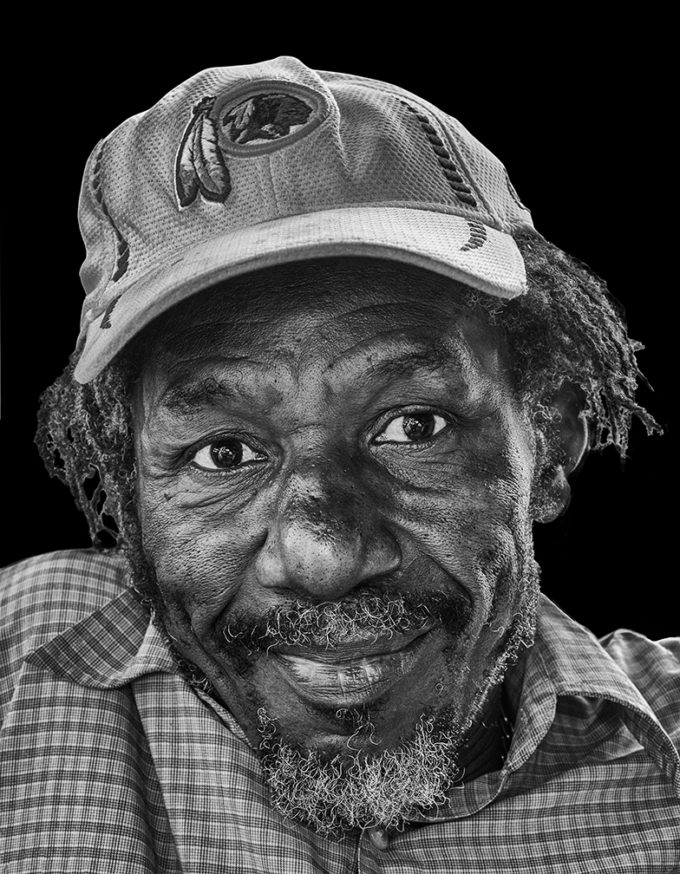

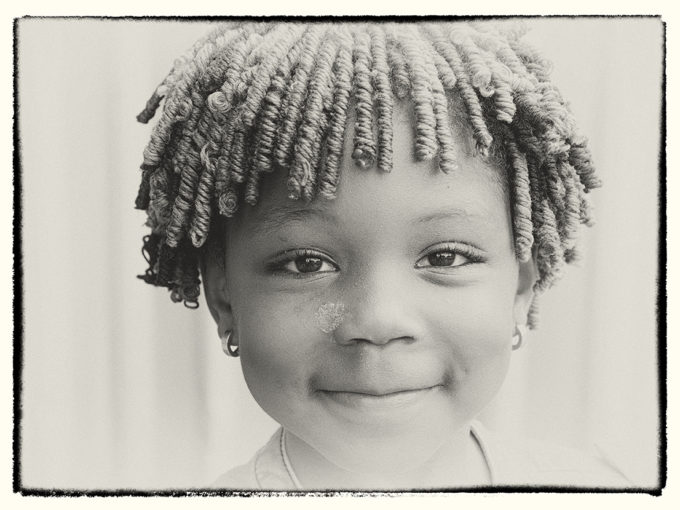
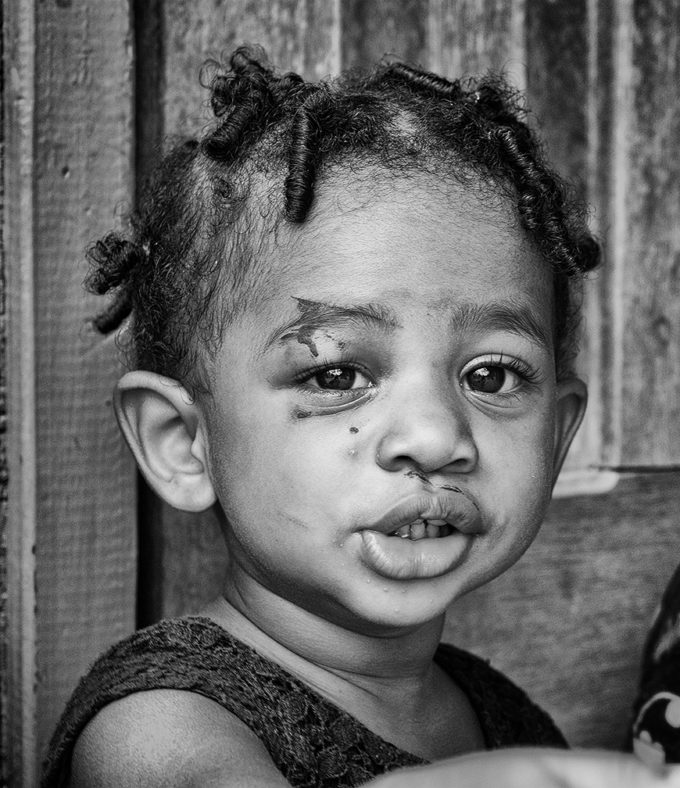

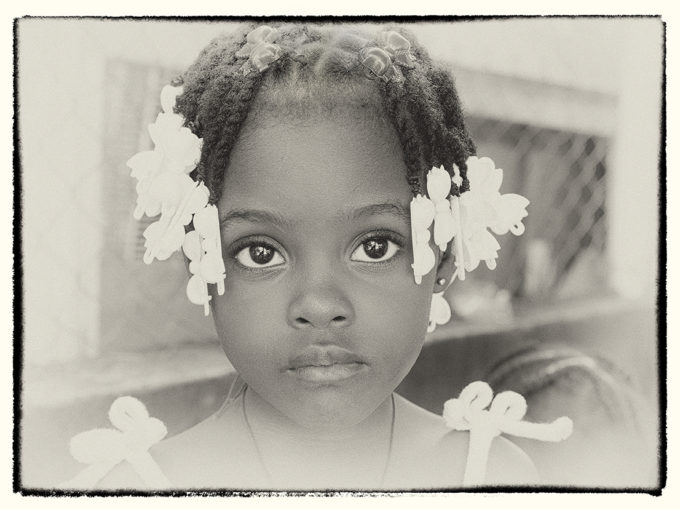
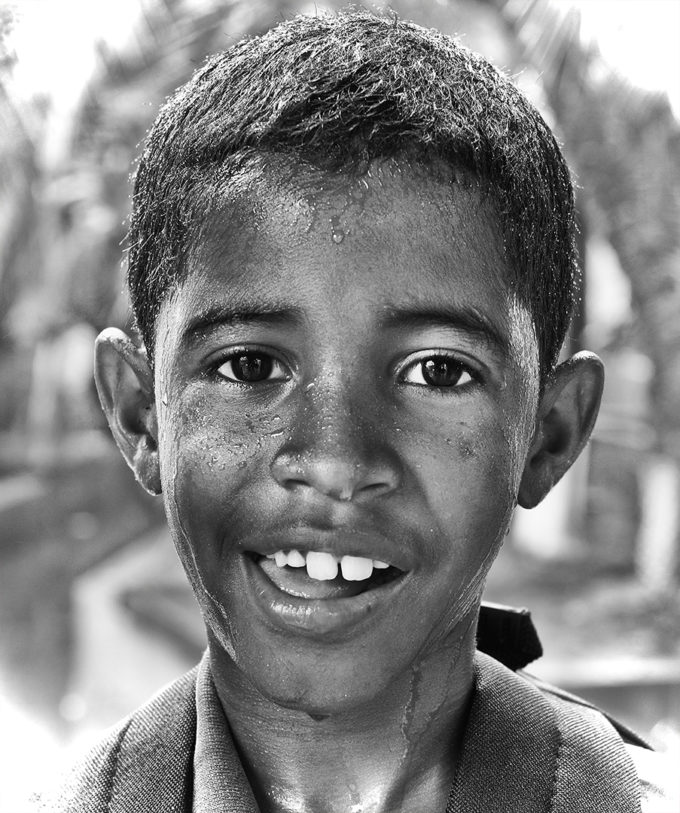
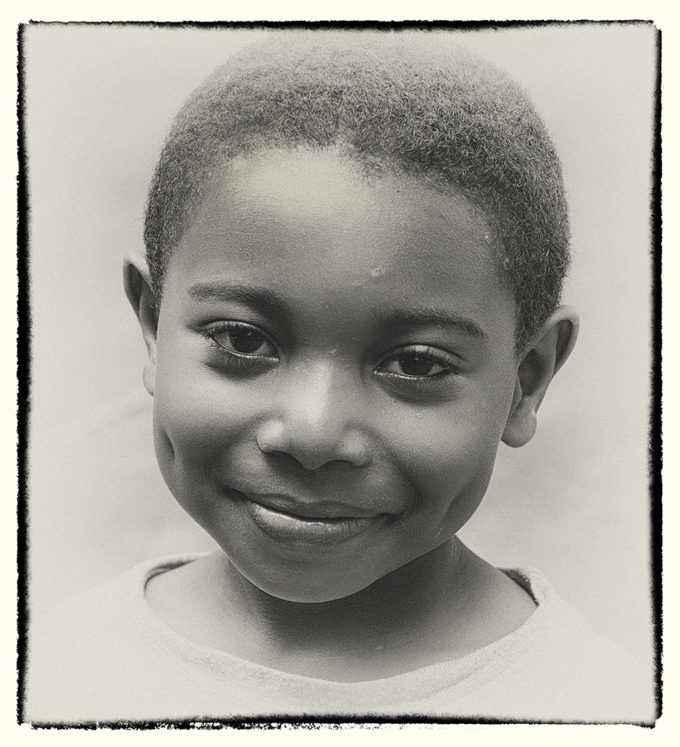
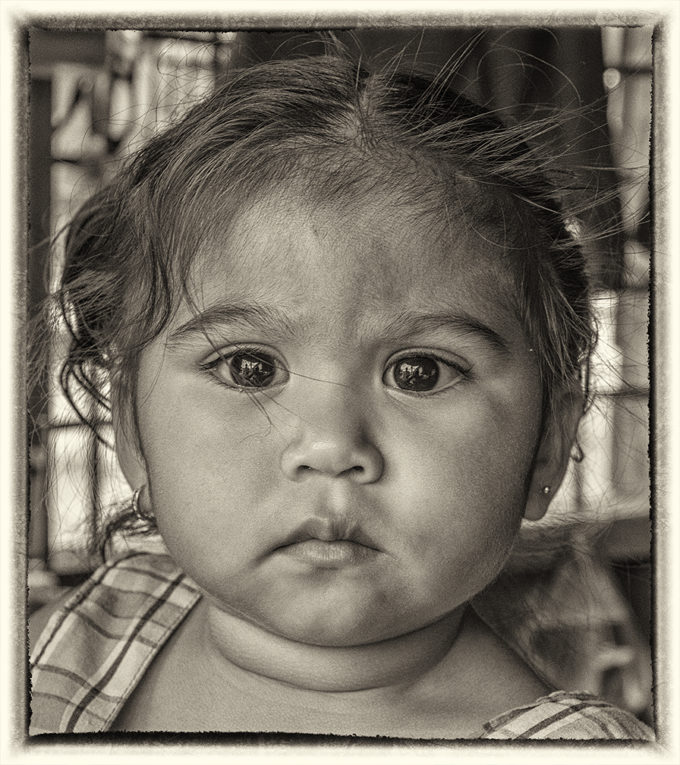


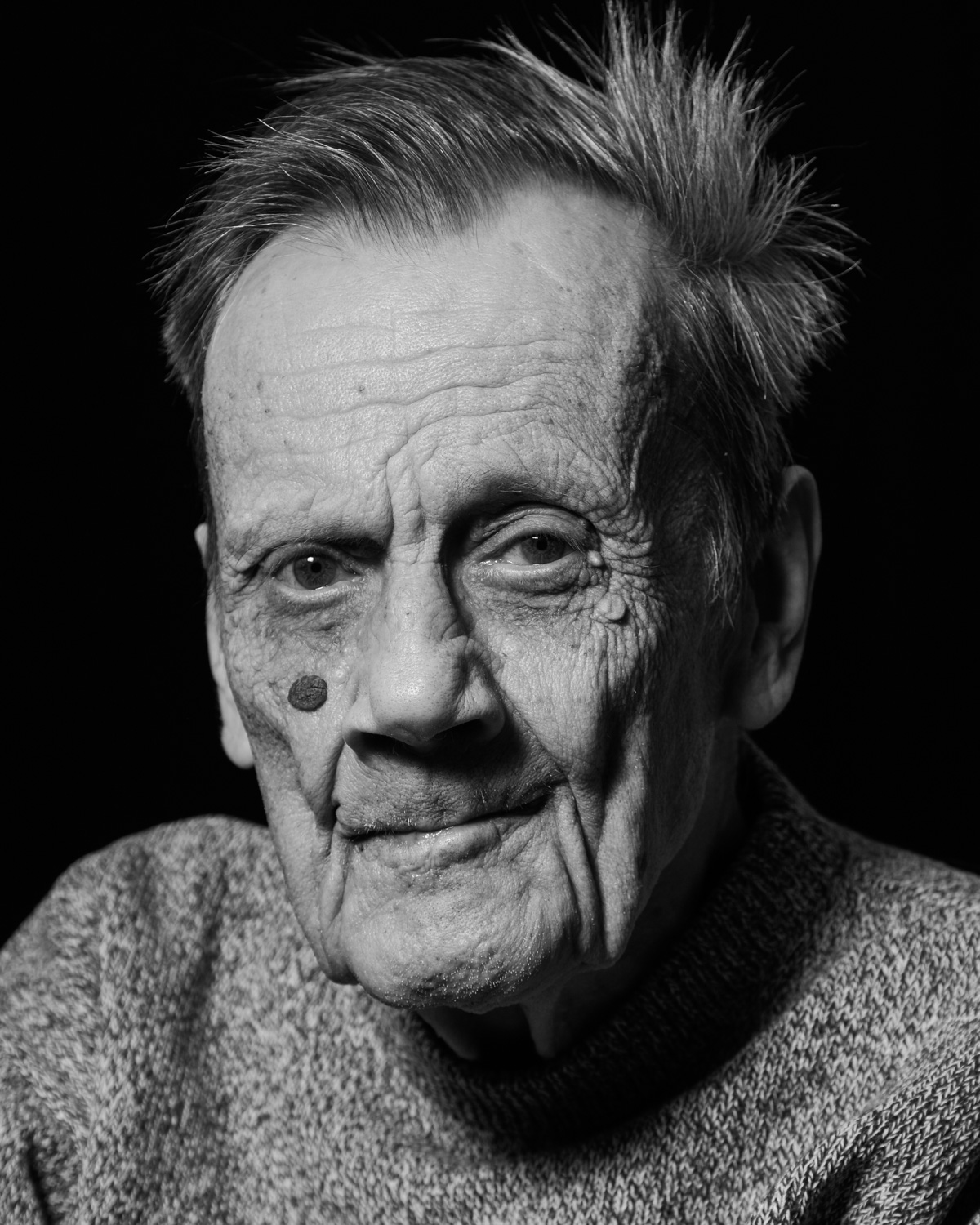
Gorgeous portraits!!
Great shots! What’s the story about that poor baby with the bloody eyebrow? Looks like she’s been in a junior MMA bout.
Who knows! You know how kids are. Probably fell down the steps. Still not as bad as my rear when I fell off my motorcycle doing 75 mph! Hell, I should have taken a picture of it! Any big accidents from now on and I taking a selfie.
Gorgeous work! Or, at least I thought it was before I noticed that it was shot on M4/3. Now I realize that it can’t be that good, because, sensor equivalence math derives equations that disprove the ability to create good art without a Canikon full frame. Oh, and medium format shooters are all snobs. Just needed to get that out there. /s
Actually Gray, my best portraits are shot with my Canon S95. But I can’t show those because they were shot with a tiny sensor.
Remarkable photos. What’s the ‘secret sauce’ for the post processing?
Are you body shaming Canikon?
Very nice portraits
Thanks danny!
Actually, my photos at first don’t appear as sharp as I had hoped on Steve’s site. But, when I click on them for a greater size, they become sharp!
I still don’t know if I should first resize the photo, sharpen it then jpeg it, or do I jpeg to size then sharpen it? Maybe Steve could look into this for future uploads by all of us.
I love the pics of the old men! Can you comment on whether you shot jpeg or raw, and what your post processing included? Looks like heavy contrast’ clarity and sharpness
Hi Jim,
I always shoot RAW. Like the great Ansel Adams said, ” The RAW file is the equivalent of the composer’s score, and the final image the performance.” Or to that effect.
I feel that my initial image and Photoshop are a 50/50 proposition. I’m never satisfied with my straight shot. In my mind I can usually pre-visualize some improvement.
I do like contrast and sharpness. I want the photos to pop off the page.
Thanks all for the kind comments and opinions. If you’re like me, a day without photographing is like a day without sunshine.
Excellent set of frank portraits with great clarity – no shadows to spoil the show as well.#
It seems that you used more the 40mm range of the zoom lens. Is that true?
Keep on clicking
Michael
Yes Michael. The ” so called ” best focal length for portraiture is between 85mm and 105mm. But in reality, we use what “we got.” My Olympus 12-50mm might have been better, but it is not quite as sharp at f/4. I tried to shoot at 40mm.
Great project and I love the images. I have the same camera and lens and it is great to see such results. The camera is very responsive and it’s metering is very good. I too am fine with some noise like back in the film days….Great work and thanks for posting.
I really love the simplicity of your process in picture taking, and you absolutely know what you’re doing..
Pictures, they’re all great! Really nice
Yes and no. I use my Olympus like my Leica M. The menus are too much and like most people I only use 20% of the camera’s possibilities! I actually could disable the auto focus. However, the big advantage over my Leica is the IBIS. I can now shoot down to 1/4 sec. and feel that my photo will be sharp as long as the subject doesn’t move.
Not easy to pose a smile, so well done! With such subjects, you don’t need to ‘steal’ images – but then you’ve obviously got the knack of making them feel comfortable and attractive, each and every one. Impressed. More please.
Hi George. I would love to go to a few big cities in India! Three weeks there would satiate my need for photos.
P.S. I would have to go without my wife!!
Very nice portraiture collection
The children have it ! (Seen too many wrinkled old men – sorry!)
Well John, perhaps the old people remind you that soon enough you will be joining their ranks. I am there!
very nice; would be great as very large prints!
Yes Bob. I would love to have a show at the Museum of Modern Art with my Olympus “big” prints ( maybe 20″ x 24″ ) adjacent to Yousuf Karsh’s 8 x 10 film prints!